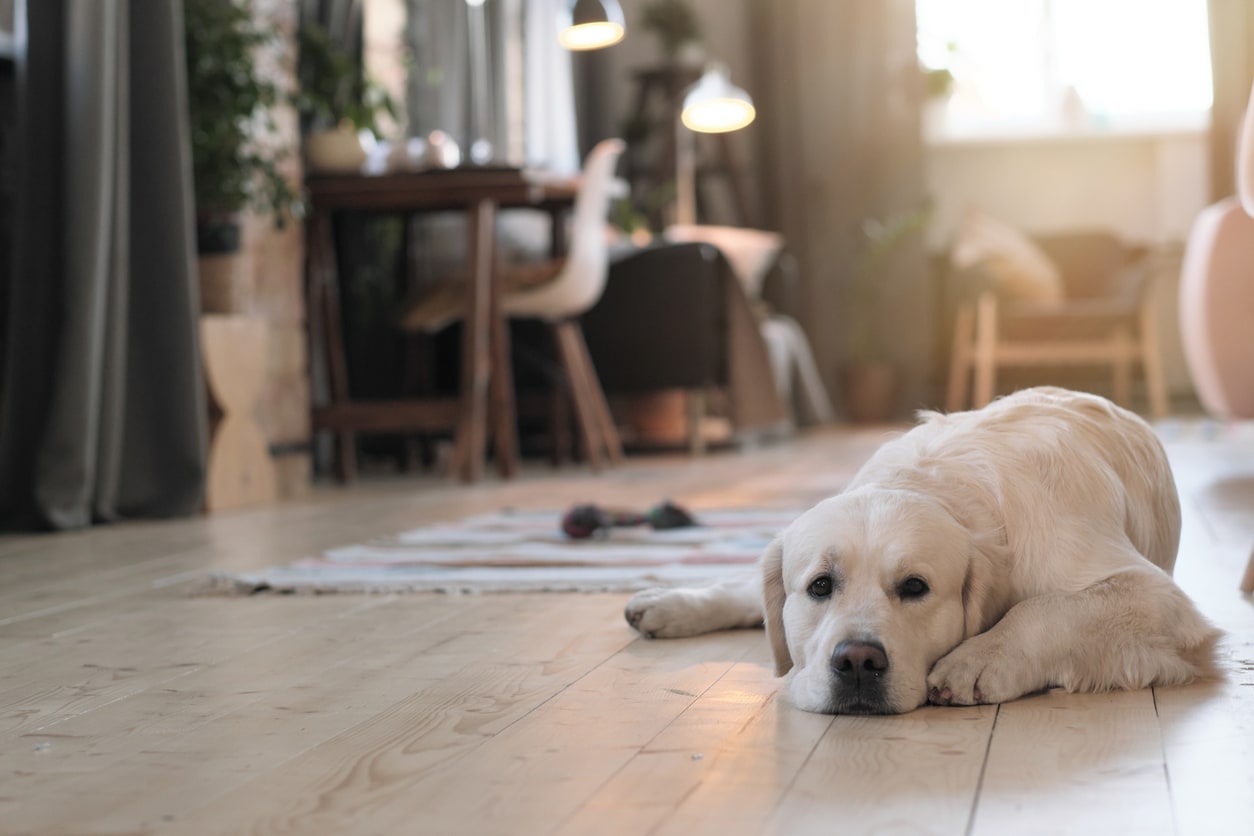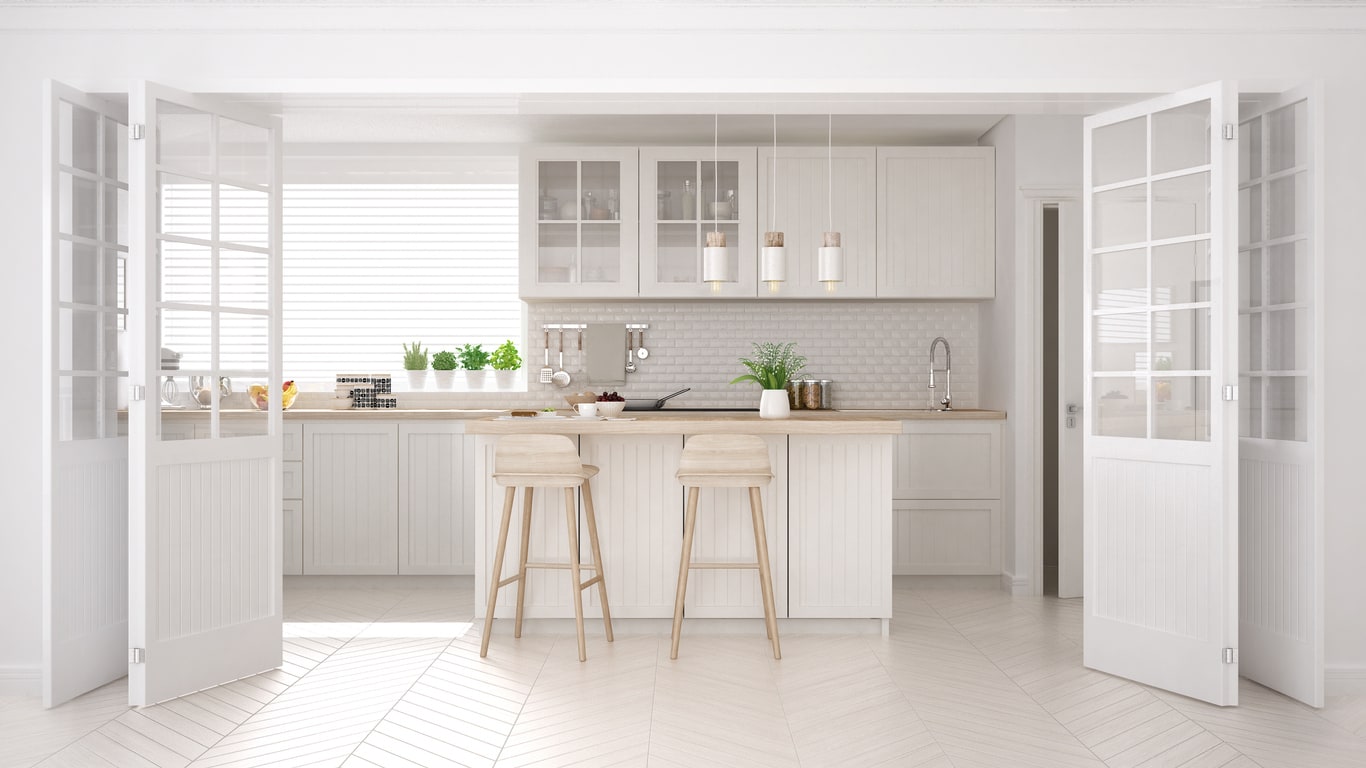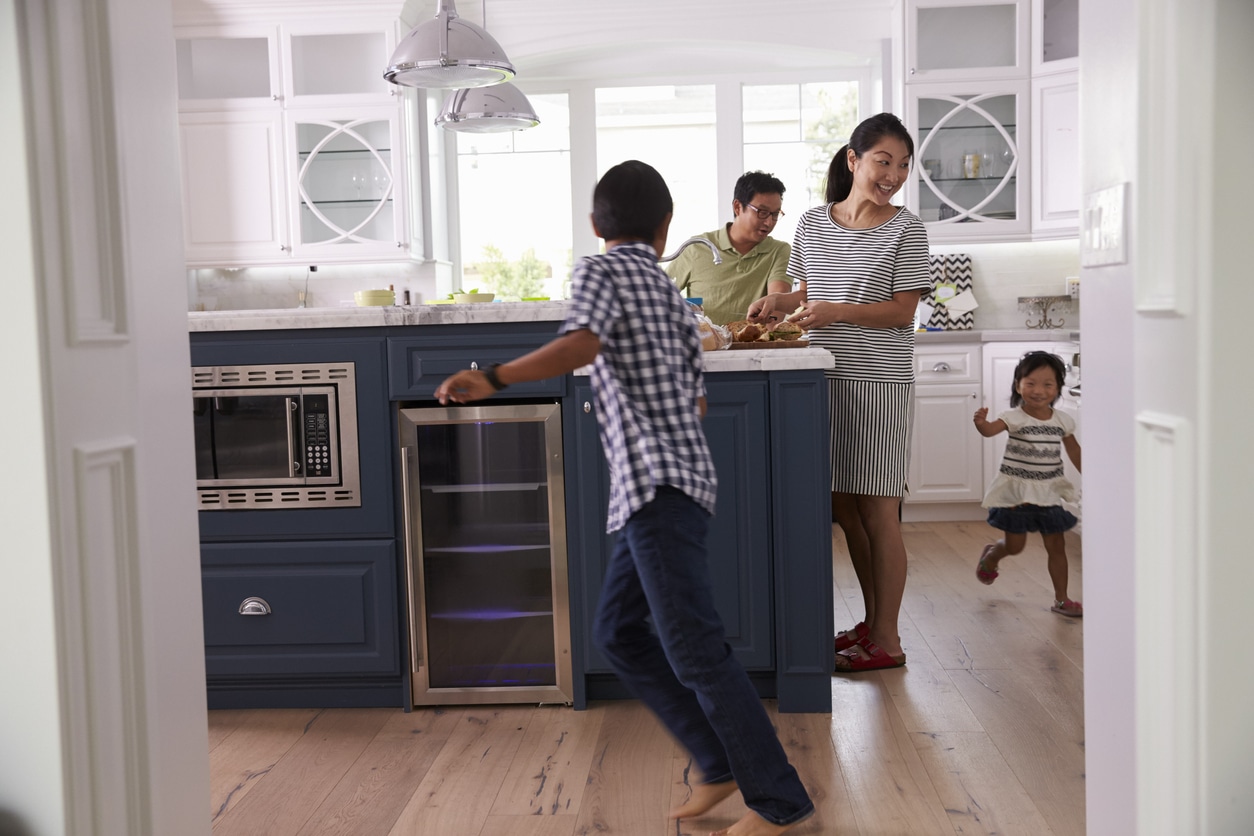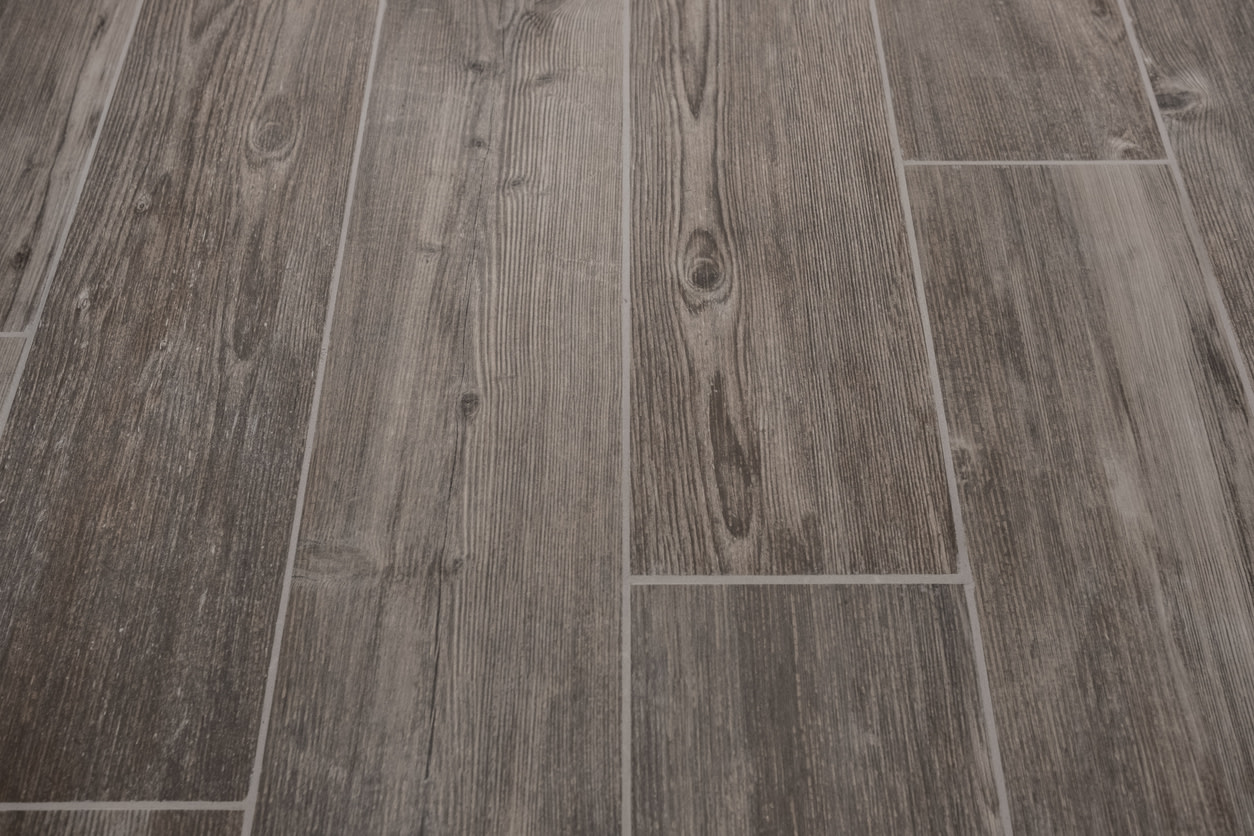
Wood Floors 101: All You Need To Know
April 26, 2021
It’s the flooring debate of the decade – traditional hardwood or tile that looks like wood. You can’t lose with either, but one material may meet your needs better than the other. Use this handy guide to make a choice that suits your lifestyle and budget.
Hardwood floors are prestigious which is why real estate listings are quick to highlight “beautiful hardwood floors.” But hardwood floors generally cost more and climbing lumber prices may push prices even higher.
First, make a quick assessment:
- Do you have pets, children, or senior adults in the home?
- How often and thoroughly do you clean?
- Do you live in a humid or dry climate?
- How well do you tolerate noise?
- What is your budget for materials and installation?
People and Pets

Accidents happen but their consequences are greater for children and seniors. Tile floors tend to be more slippery and a fall on this harder surface can lead to serious injuries. If you’re sold on tile, check its R-rating. Floor Critics says ratings range from 9 to 13 with 13 being the most slip-resistant. Areas prone to slippery conditions like kitchens and bathrooms can be accented with slip-resistant rugs to prevent falls. Hardwood floors – especially ones without a glossy finish – win the safety battle.
Pets and floors can be a challenge. Those adorable paws may leave scratches on hardwood floors that can only be removed by refinishing. If hardwood is your choice, Floor Critics recommends considering a polyurethane finish for maximum protection. Ceramic and porcelain wood-look tiles resist scratches and stains.
Cleaning

All floors require regular cleaning but tile floors have a special cleaning challenge – grout lines. Tile floors clean easily with regular sweeping or vacuuming and mopping but those grout lines require special attention including regular sealing to maintain a clean appearance. Fortunately, there are more cleaning products available for tile floors than for hardwood.
Grit is a hardwood floor’s enemy. Hardwood floors must be swept frequently to avoid scratches from grit tracked in from outside. Unlike tile, hardwoods and water are not a friendly combination. Use a dry mop or special hardwood floor cleaners and strategically place doormats and rugs to catch the grit before it hits the floor.
Environment

Humidity is synonymous with the Deep South. Alabama’s long, hot (and humid) summers can be tough on wood floors. Heat and humidity can cause wood to expand and result in floors swelling, bending, discoloring, and even shrinking.
Tile floors are waterproof – and cooler – making them a better choice, especially in coastal climates. If tile floors literally leave you cold, area rugs will provide warmth and softness where needed.
Sound

If you prefer a quiet home, wood-look tile wins the battle of the sounds. More dense flooring material, like tile, creates a stronger noise-cancellation effect. Keep in mind, area rugs can quiet the echoes of footsteps on wood floors.
Cost

If the cost of materials and installation is your bottom line in choosing floors, wood-look tile achieves the look of a wood floor without the high cost. “The biggest and most obvious advantage of wood-look tile for most homeowners is the cost. In most cases, tile is significantly cheaper than a traditional hardwood floor,” says realtor.com.
Hardwood floors can be more affordable – or expensive – depending on your choice of wood. According to HomeAdvisor, traditional hardwood materials range from $6.50-20 per square foot with installation costing from $3-5 per square foot. Wood-look tile costs $5-12 per square foot with an installation cost of about $5 per square foot, according to Floor Critics. The biggest factor in choosing wood-look tile is material – ceramic or porcelain. Porcelain tile costs more because it is harder and less porous than ceramic tile making it thinner and more durable.
The Real Bottom Line

There is no wrong choice because both hardwood and wood-look tile floors are attractive and durable depending upon your unique environment. Most drawbacks, like humidity and slippery surfaces can be easily mitigated. Pick what you believe works best for your lifestyle and budget.
Wood-Look Tile At a Glance
Pros: Good for humid and wet environments; easy to clean; quiet; durable; scratch-resistant; cost-effective.
Cons: Slippery; grout lines; cold; hard on breakables and joints.
Hard Wood At a Glance
Pros: Adds prestige and value; warm look; softer on breakables and joints; easy to clean; long-lasting and can be refinished; slip-resistant.
Cons: Costly; scratch-prone; damaged by water, humidity and heat; noisy.